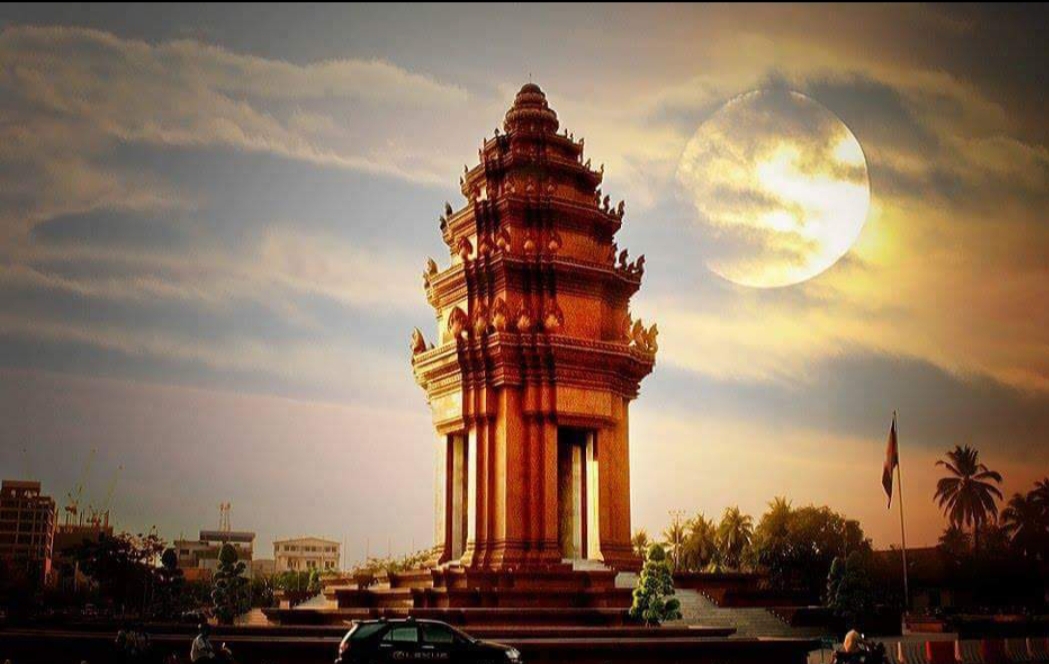Royal Palace
The Royal Palace of Cambodia or the Chaktomuk Mongkul Palace is the royal palace of the Khmer kings from the reign of King Norodom Brahma, the guardian deity of Rama until the current reign of King Norodom Sihamoni.
According to Khmer historical documents, the last Royal Palace was established in Phnom Penh twice, the first in 1434 during the reign of King Ponhea Yat and the second in 1866 during the reign of King Norodom. It was demolished and rebuilt in 1913 during the reign of King Sisowath until today, which is called the Chaktomuk Mongkul Royal Palace.
Wat Phnom
National Museum of Cambodia
This National Museum was built in Thailand on August 15, 1917 in the style of traditional Khmer architecture and was inaugurated in 1920 by King Sisowath. Inside the National Museum, there are artifacts from pre-Angkorian and Angkorian times. A well-preserved collection for the world researching Khmer artifacts, art, religion, archeology from the 4th century until 13th century.
The National Museum was built in 1917 during the French colonial period in the Kingdom of Cambodia (1863-1953) by French architect George Groslier, 54 meters long and 66 meters deep. Built on a two-and-a-half meter high roof. The inauguration took place on April 13, 1820, under the presidency of His Majesty King Sisowath, the Mayor of Cambodia, and in the presence of Henry Boudwang, High Representative of France in Cambodia. Originally named the National Museum of Cambodia, in honor of the French Governor Albert Sarraut, it was renamed the Albert Sarut Museum.
Tuol Sleng Genocide Museum
 |
| Tuol Sleng Genocide Museum |
 |
| The Choeung Ek Genocide Center |
The Choeung Ek Genocide Center is a historical tourist site and a place to show the bitter history that the Cambodian people will never forget because this is a former place to kill later prisoners Detained and interrogated from Tuol Sleng Prison during the Pol Pot regime genocide of 1975-1979 and is now a tourist destination with international visitors The nation visits to study and research the history of the bitter period.
Choeung Ek National Museum is located in Rolous Village, Sangkat Cheung Ek, Khan Dangkor, Phnom Penh, approximately 17 km from Phnom Penh.
According to research documents left behind, people died under the accusation of the dark regime of Pol Pot, the victims died at the Choeung Ek Museum, about 20,000 people.
Prisoners sent from Tuol Sleng Detention Center, also known as "Tuol Sleng Prison" or "Sor 21 Prison", were killed at the Choeung Ek Killing Field.
This unforgettable location is a fond memory of the Cambodian people that the Khmer Rouge regime left behind and now becomes a tourist destination History has been visited by international guests to learn about the brutal regime.
Hours: Monday-Sunday, 07:30 - 17:30.





0 Comments